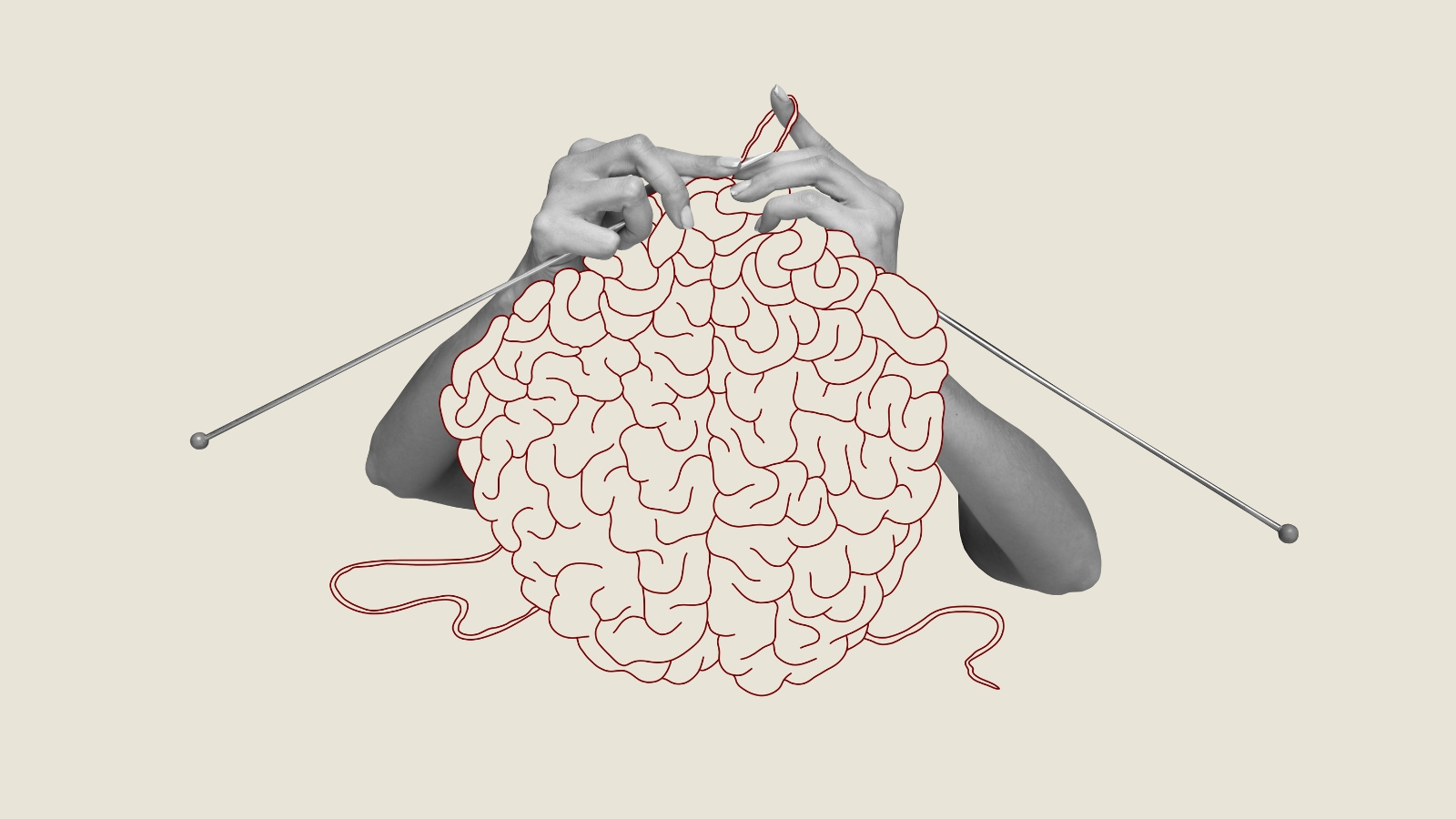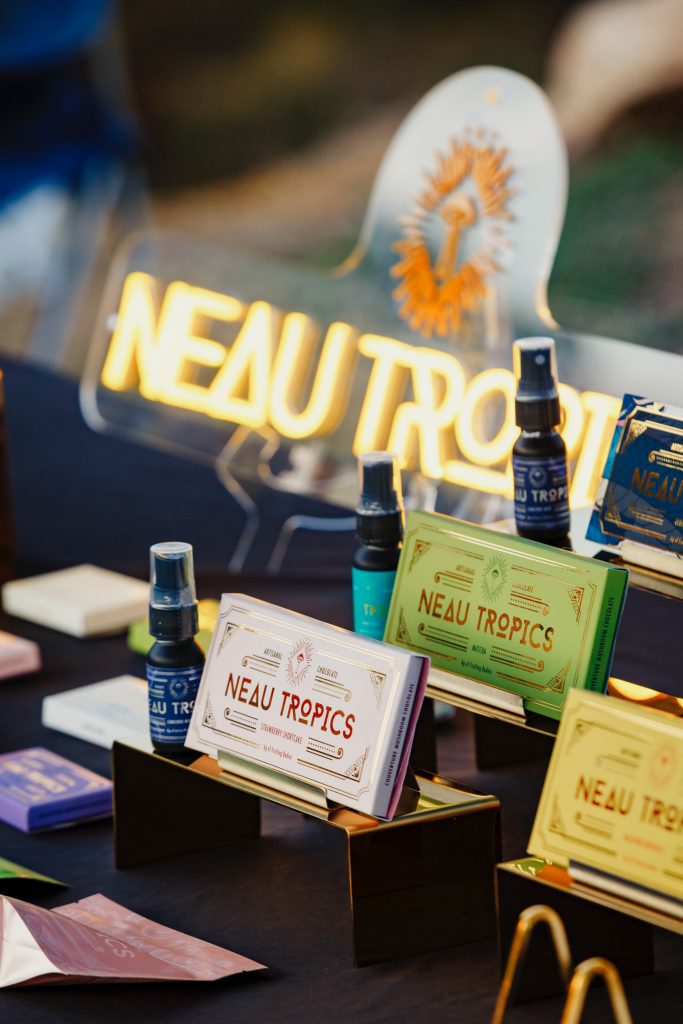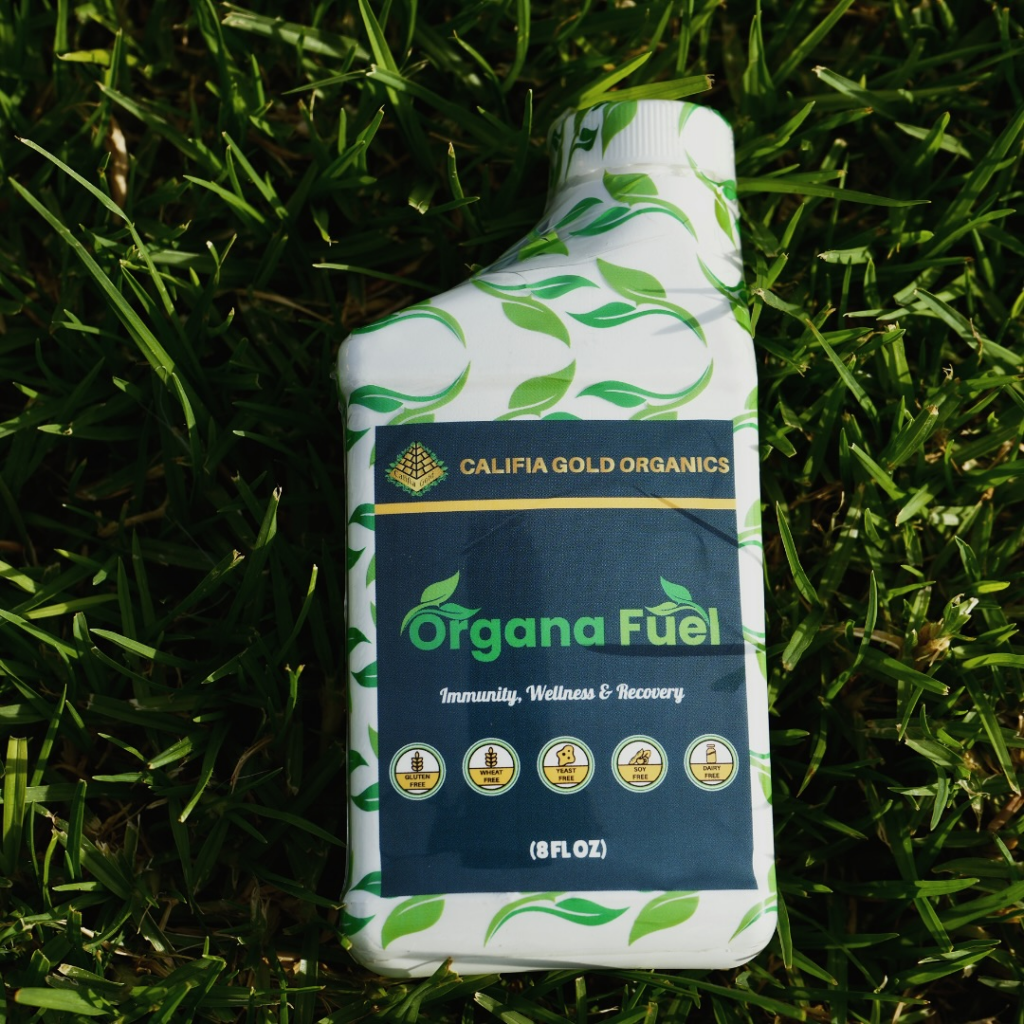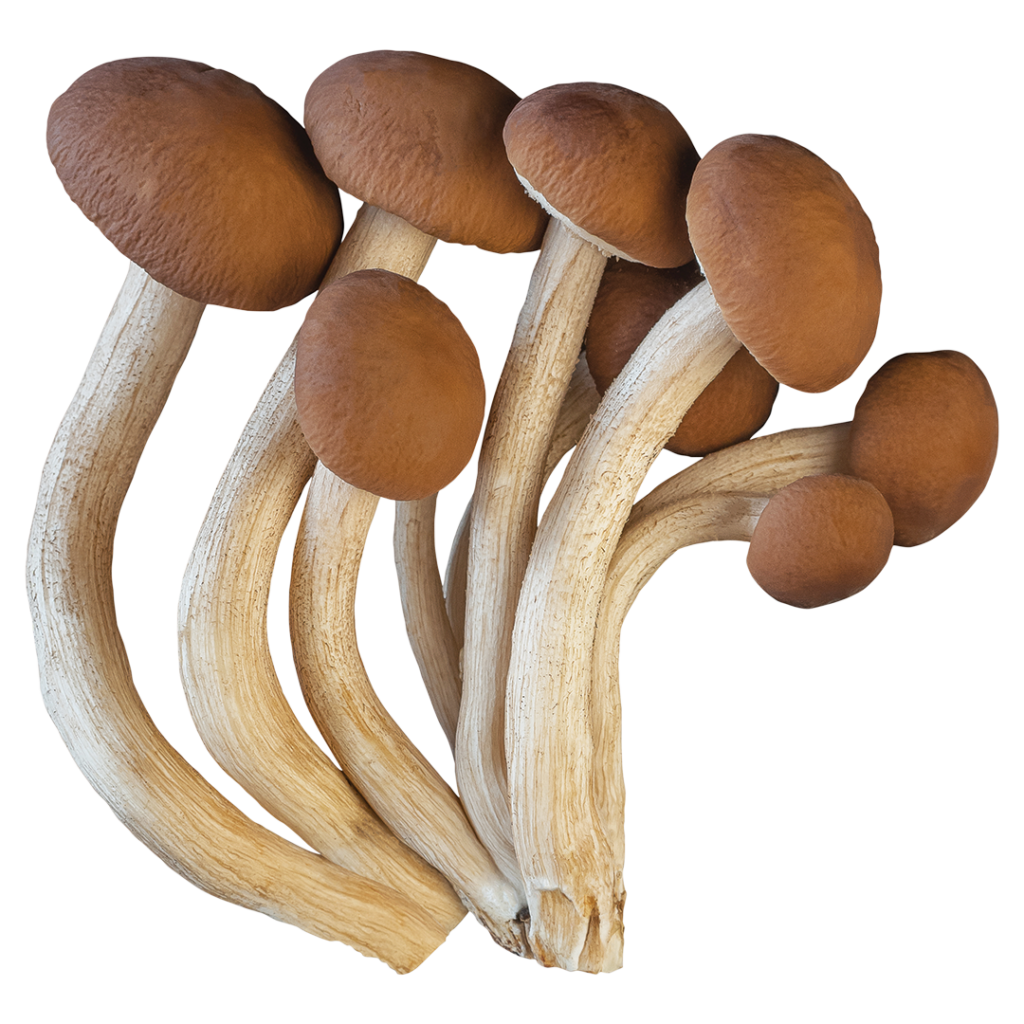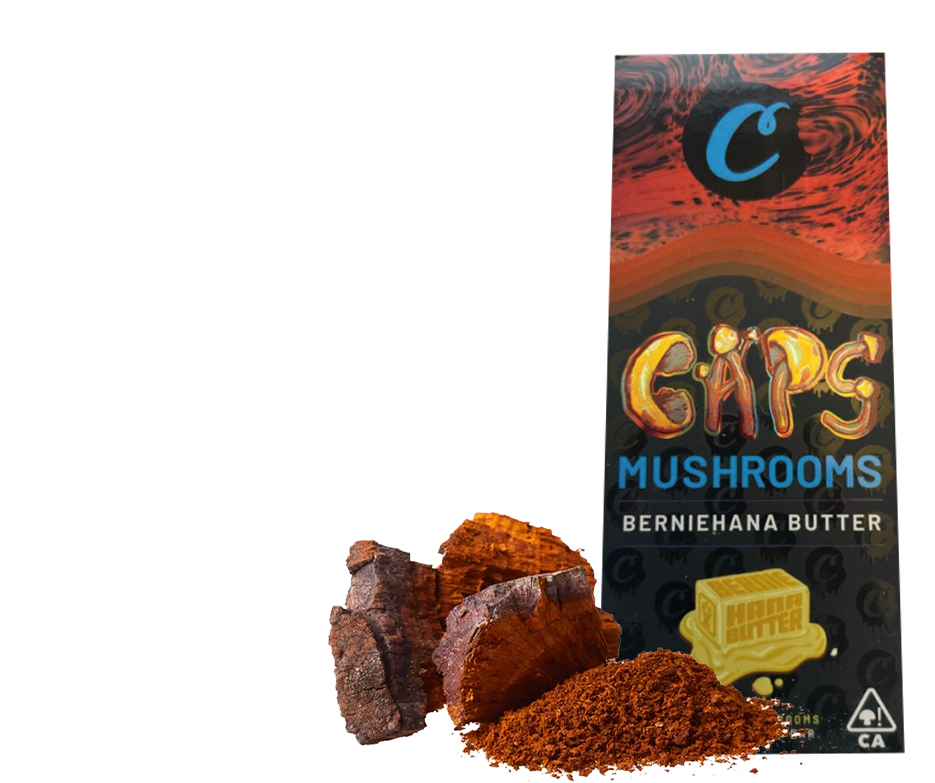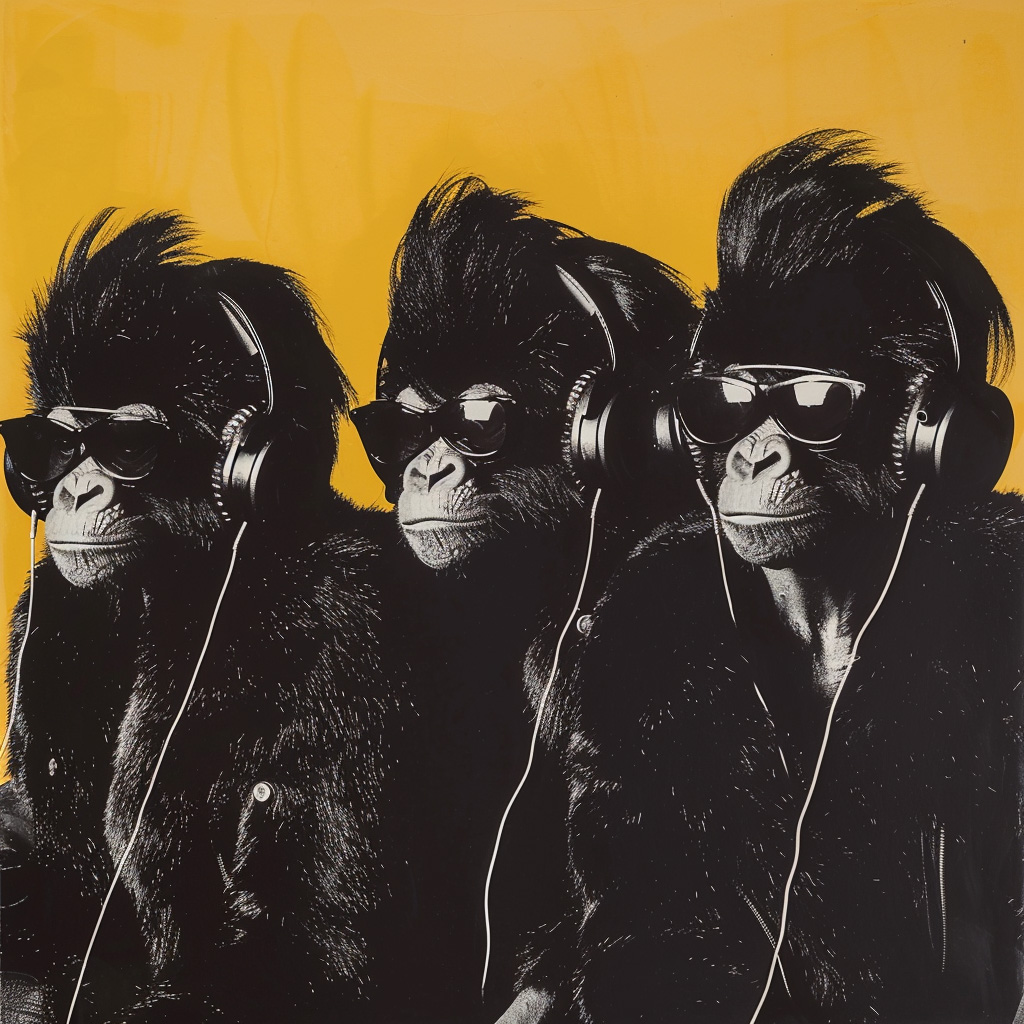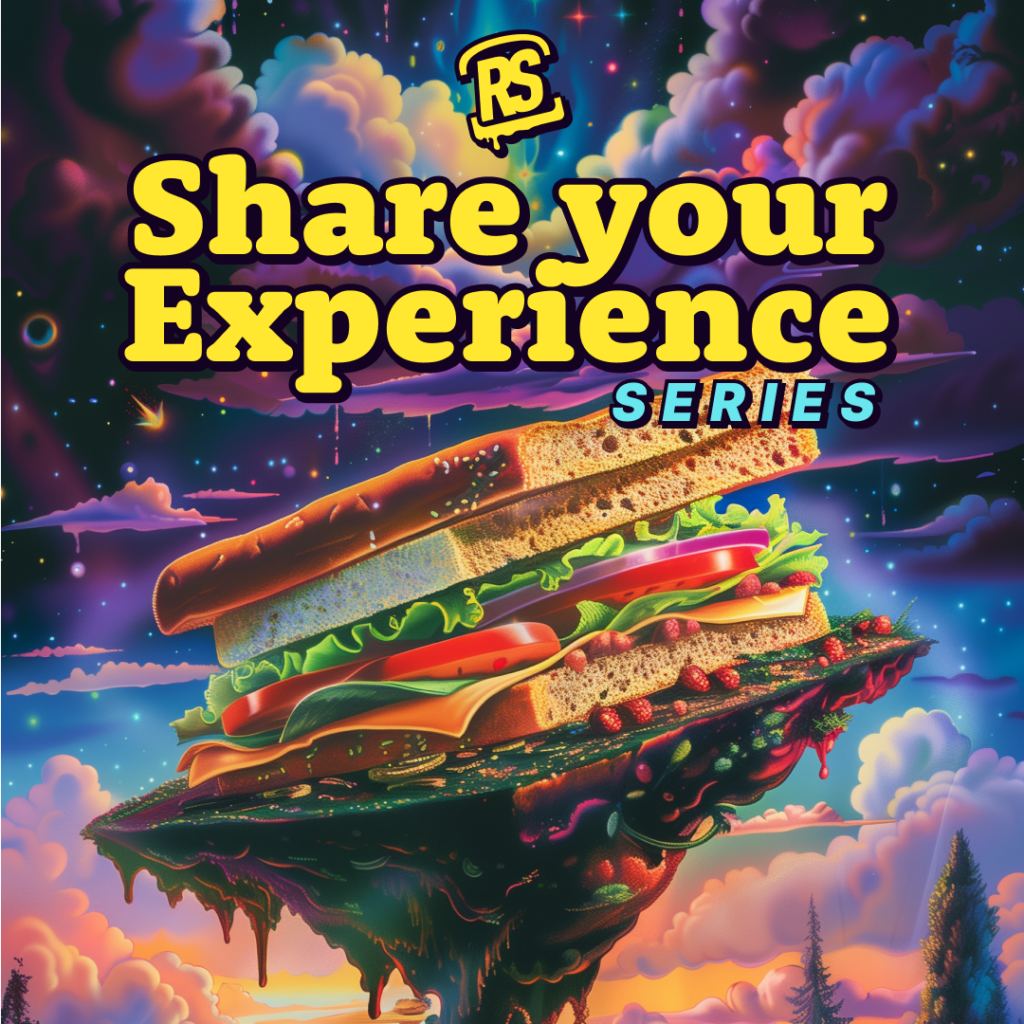No one was more surprised than I was to be diagnosed, in my late forties, with PTSD. I turned to my therapist after my body and mind were in a doom spiral over a non-important work email I got 18 months after losing my life partner, which, to me, signified the end of my very stable and safe life.
My body’s constant vigilance, upset stomach, lack of sleep, and “in my bones” knowledge that something terrible was going to happen amounted to my therapist calmly convincing me I was in an extended PTSD attack. Our months of talk therapy hadn’t put a dent in my symptoms, and I was losing the energy to keep fighting the fear.
I had no idea that decades-old childhood trauma was unresolved as I had been adulting my entire life pretty well and had assumed my anxiety-riddled behavior was simply a strong work ethic. I didn’t realize that my loving relationship had regulated my nervous system. It was the loss, combined with work stress, that pushed me over my limit.
This is my story of healing deeply hidden trauma with MDMA-assisted psychotherapy, two brilliant facilitators, and my own drive to escape the childhood abuse chains that kept me afraid from living life. In order to demystify MDMA therapy for PTSD, I share my story of why I agreed to MDMA therapy, what the therapeutic process is like, and the results.
Helping others understand the process and benefits of this therapy is why I founded The Journey Sage, an educational platform that demystifies MDMA therapy for PTSD to help dispel the stigma of psychedelics for mental health. Lots of YouTube videos and two books later, I am thrilled to be an educational resource available for anyone interested in understanding this medical procedure.

Why I Agreed to MDMA Therapy
When my therapist suggested MDMA therapy, I mentally cycled past my own drug stereotypes by looking at the MAPS research. I saw how psychedelics were being tested for a variety of mental health challenges.
At the time, the Phase II MDMA for PTSD clinical trial information showed that approximately two-thirds of the trial participants no longer qualified for a PTSD diagnosis after three dosing sessions. When I saw that data, I agreed to the therapy because, unfortunately, the months of talk therapy were not budging my constant fear, and I was edging closer to simply giving up on life.

MDMA Therapy Is a Medical Procedure
Understanding that MDMA for PTSD therapy is a medical procedure immediately makes it easier to understand. Just like any other medical procedure, there is preparation, the procedure, and then the healing period. This is not like taking a pain reliever and feeling great in just a few hours or taking some ecstasy and having a recreational trip.
I tend to think of a therapeutic psychedelic cycle as 40% preparation, 20% the journey day with a psychedelic medicine, and 40% integrating the experience. For good results, the therapy needs to be taken as seriously as any other medical procedure. My therapist and guide, who was a surgeon at the time, oversaw my psychedelic treatment.
First Step: Intentions (Mindset)
Intentions are what a patient is going to focus on during an MDMA session. It’s a big part of the preparation process. Think of them as the reasons you are in therapy in the first place. To determine my intentions, my therapist and I focused on what my body was telling me. My tight shoulders meant I was afraid of doing something wrong. Strong, straight back—I felt threatened and had to get ready to fight. Searing pain in the back of my neck—I felt trapped.
I understood the messages my body was sending by talking to my body. It took me months of talk therapy and talking to my body for me to create my intentions, which focused on why I constantly felt fear of simply living.
”Why am I constantly afraid?”
“Why do I think my life is in danger?”
“Why do I think bad things are going to happen when most of my adult life has been fantastic?”
I was aware that my thoughts and fears didn’t align with the adult life I had lived, but that awareness didn’t matter. My body was still in a PTSD doom spiral and didn’t have any connection to the years of happiness, love, and safety.
All those years almost seemed to belong to someone else. Mentally, I knew those years didn’t count, and the universe had finally found me and was going to “put me in my place” and take everything away, as it had done so many times when I was a child.
Journey Day (Setting)
When using psychedelics therapeutically, people often use the term ‘journeys’ instead of trips to define the experience. My journey room had multiple seating areas, a mattress with a mountain of fluffy blankets (important to me, I’m always cold!), and beautiful art everywhere. I had brought my favorite snacks, comfy clothes, and an eye mask to make the day even more comfortable. It was an ideal setting.
Getting Acclimated and Going In
The day started with a welcoming conversation. The three of us chatted about why I was there, my intentions, and a bit more of my history. I had brought my parents’ wedding album, the only pictures I had of my parents, to anchor the conversations about my childhood. I had never realized my parents didn’t look happy in those pictures, and hearing my guide and therapist’s perspectives about the pictures was the start of me realizing my parents carried their own trauma and fear way before I came along.
After a short intentions review and a final overview of the day, I took the MDMA capsules and started the journey. Within an hour, I started having a fantastic conversation with myself. It was the first time I heard my inner voice. And she was riled up! She told me it was time to live for myself and stop putting everyone else first. By living in fear, I was constantly putting myself behind others for safety.
After five hours of that first journey, I was instantly alert. That was a sign that my inner children had enough of the experience and wanted control back. But my following journeys lasted seven to eight hours, as I was more comfortable with the process.
The end of each journey was about sharing snacks and water. My guide and therapist were very keen on taking care of me. Allowing that to happen was challenging at first (radical independence is a symptom of trauma), but I got better and better at accepting their help in the second and third journeys to come.
Journey Experience
During my journeys (three over the course of a year), I explored my childhood and adulthood without my body experiencing fear. Imagine something that makes you very nervous so that you are aware of your body. Heights? Public Speaking? Now imagine those activities with your body feeling calm and relaxed, like when you just woke up from a nap. That is how MDMA worked for me during my journeys.
Physical, Mental, Emotional
For me, MDMA didn’t make me feel high (which is often why people trying to do MDMA therapeutically at home don’t think it is working). I simply felt relaxed and more like me than I probably ever felt before. Since we recorded the sessions, I know my voice wasn’t even slurred. The only indication I had something in my system was when I needed to stand up and go to the restroom—I learned to take those walks slowly.
Then, as the day went on, it alternated between me chatting with my guides about my father and feeling like I never should have been born, to me relaxing into the mattress with my eye mask.
Most importantly, the journey experience was mine. Meaning my guide and therapist followed my subconscious cues. They didn’t direct me as much as stay by me through the process. Holding space is the most popular term for the emotional freedom I was given while in my enhanced state with MDMA.
For the first time, I was able to explain that I was 1000% sure that if my father were in the room with us, he would have his hands around my throat. This was big. This ever-present fear, and the reason I didn’t have much contact with my father for most of my adult life, was too much for me to express—until I was in an enhanced state with MDMA, and my body was calm.
I don’t remember much from my journeys, which is one of the reasons we recorded the sessions. Listening to the transcripts after the journeys was fascinating, as I got to see what my subconscious was feeling and experiencing. To me, my five to eight-hour journeys seemed to last all of 45 minutes.

How the Therapy Works
It sounds almost too simple to be true, but MDMA therapy (along with other psychedelics) allows for the reframing of memories. For instance, as a toddler being beaten by my father, I couldn’t understand that my caregiver was cruel. I depended on him for my survival. So, instead, I created stories that I wasn’t good enough to be loved, and the universe was out to get me.
As an adult, with MDMA calming my body enough for me to face those scary memories, I realized that my father’s behavior was HIS behavior and had nothing to do with me as a person. I updated the toddler-created stories with my adult understanding of what was really happening when I was young.
First Sign of Healing
Just one hour after that first journey, I reframed my first belief that I was an inconvenience to everyone and didn’t deserve to get help in any way! As my boyfriend at the time drove me home, I had three childhood memories surface.
You see, my mother had tried to commit suicide with a shotgun blast to the belly when I was five. She survived and recovered while my parents divorced. From ages five to eight, I was shuffled around with relatives willing to take me in as, for whatever reason(s), my father didn’t take care of me. So, I was always the extra seat at the table and the extra kid in the room with a cot. The kid who didn’t have friends because I didn’t stay in a school for a whole year until I got to 7th grade.
I could see those memories and understood how a child would internalize that she was an inconvenience and not good enough to have a family and friends. Now, seeing those memories from my adult perspective, with the MDMA having somehow continued to calm my body even though the journey was over, I reframed those memories by understanding my parents didn’t have the emotional and economic ability to take care of a child. I wasn’t an inconvenience; I was a child who needed parents. That’s all.
I looked at my boyfriend through teary eyes and told him I finally understood how this therapy worked!

Integration Process
Reframing childhood beliefs about life was the healing process. A toddler getting beaten thinks the world is not a safe place. An adult seeing that behavior understands the adult abusing a child is deeply troubled. My integration seemed to happen almost memory by memory as I unraveled the stories my young mind had made up to explain what was happening around her.
Sometimes, the unraveling was quick, and sometimes, I had to think about certain memories over and over to shift them slowly. I found journaling to be incredibly helpful as I now get to see how my mind shifted. I knew I was ready for another journey when I continued to feel afraid and was no longer reframing memories during and in between my talk therapy sessions.
My guide and therapist let my progress determine the schedule, and I averaged three to five months between journeys. During those months, I also kept my talk therapy bi-weekly schedule.
After the Therapy
About three months after my third therapeutic journey, I no longer qualified for my PTSD diagnosis. I was no longer suicidal; I knew I had a future ahead of me, and I finally realized that the universe was not out to get me. For the first time in many years, I began to have hope in my life.
I have continued my therapy work to heal what I like to call the lowercase “t” traumas because the MDMA therapy healed my capital “T” traumas. My therapist likes to remind me of the work I’ve done and how much of the mental onion I have peeled back to free myself of my early trauma. I just smile in gratitude because while I did the work, I needed the MDMA medicine and psychotherapy support to make the healing happen.

Looking Forward
I knew as I was becoming more alert in my third journey that I was supposed to write a book advocating for MDMA therapy. I even chatted about the need for a voice that corporate, type-A people like me would take seriously, considering the stigma that surrounds psychedelics. I had always enjoyed writing and realized that this was my time to tell the story of how this therapy healed some of my deepest trauma wounds.
Then, after attending a psychedelic tourism retreat, I also put my teaching hat on (I was an English teacher at the start of my career) and created an intentions-setting workbook to help people decipher what their bodies and minds could be communicating and put those discoveries into psychedelic therapy intentions.
I decided to continue my advocacy via YouTube after TEDx rejected my talk about how MDMA therapy works. While they have published several researchers and Ph.D.s talking about psychedelic psychotherapy, they apparently didn’t want a patient perspective. My irritation with that organization ultimately led me to create the educational YouTube channel that I wish had been around when I was going through the therapy.
Presently, I am working on my IPEC and Thirdwave coaching certifications so I can help people unpack their own trauma and blockers. I think with the availability of these medicines becoming more common, people will need preparation and integration support so they can live their best lives. With my trauma history, medicine experience, and coaching skills, I know I can pay forward the healing I have experienced and help others.
Is MDMA Therapy Right For You?
I know my story makes people raise their hands to line up for this therapy. The most common question I hear is about the availability of MDMA therapy. Fortunately, we are very close to FDA approval in the US, and the rest of the world is watching. Right now, only Australia has MDMA therapy for PTSD available, but when the US approves it, other countries will take the therapy more seriously, and we’ll start to see it globally.
The FDA has the MDMA-assisted therapy for PTSD therapy application and is expected to finish its evaluation by August 2024. Then, the DEA has three months to reschedule MDMA to make it available for clinicians. I know a lot of Ketamine clinics are positioned well to add MDMA therapy to their list of services, so I am hopeful we’ll see this therapy become available in 2025.
So, I encourage people to start researching now to determine if this therapy would be appropriate. MAPS is the place to start to understand clinical research and any future trials that may open.
Internet searches can also lead you to other trials run by private companies and universities. I predict we’ll see far more healing opportunities in the years to come than currently exist. For the privilege of being one of those voices who can help people on their own journeys, I am very thankful.
